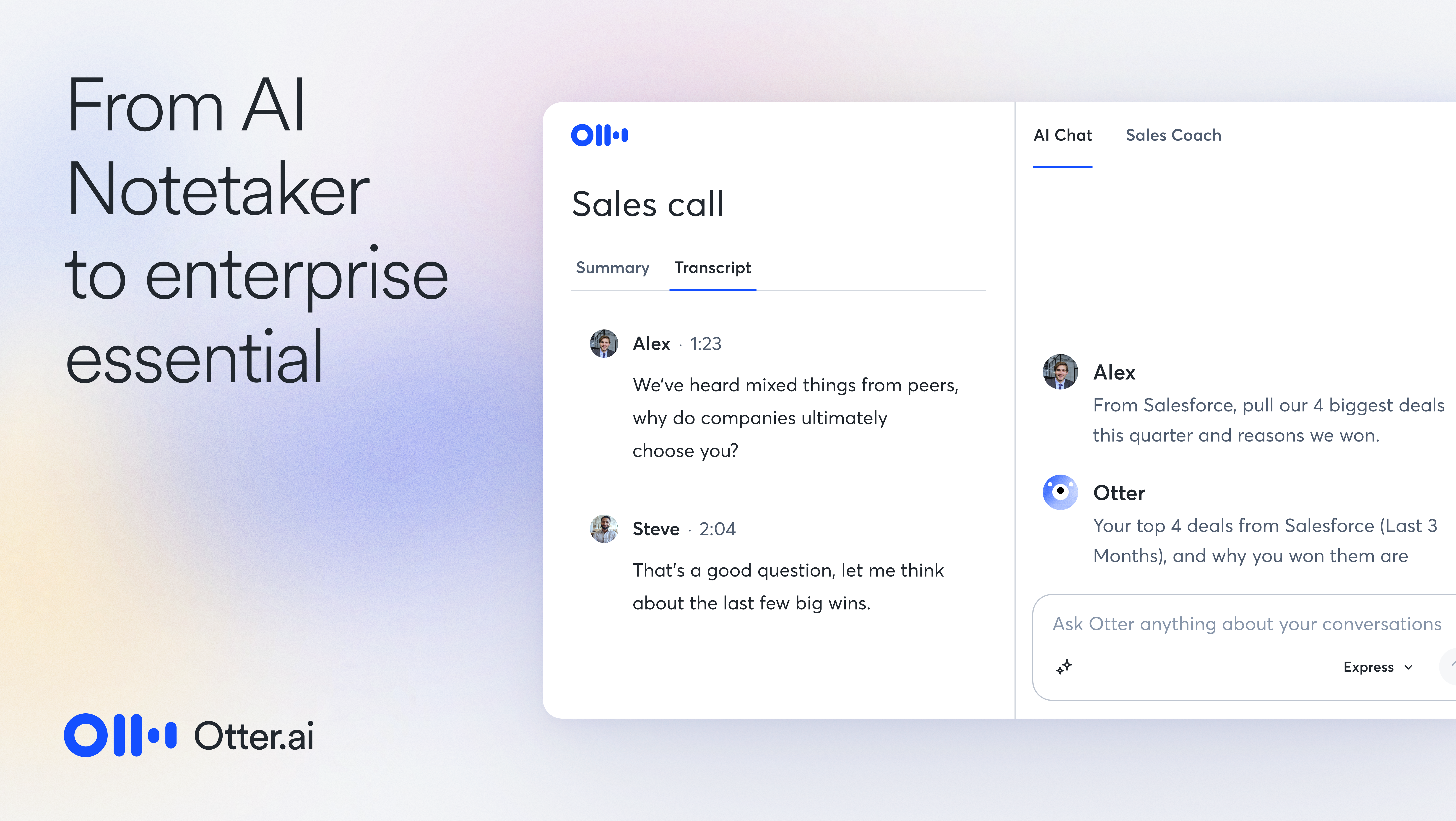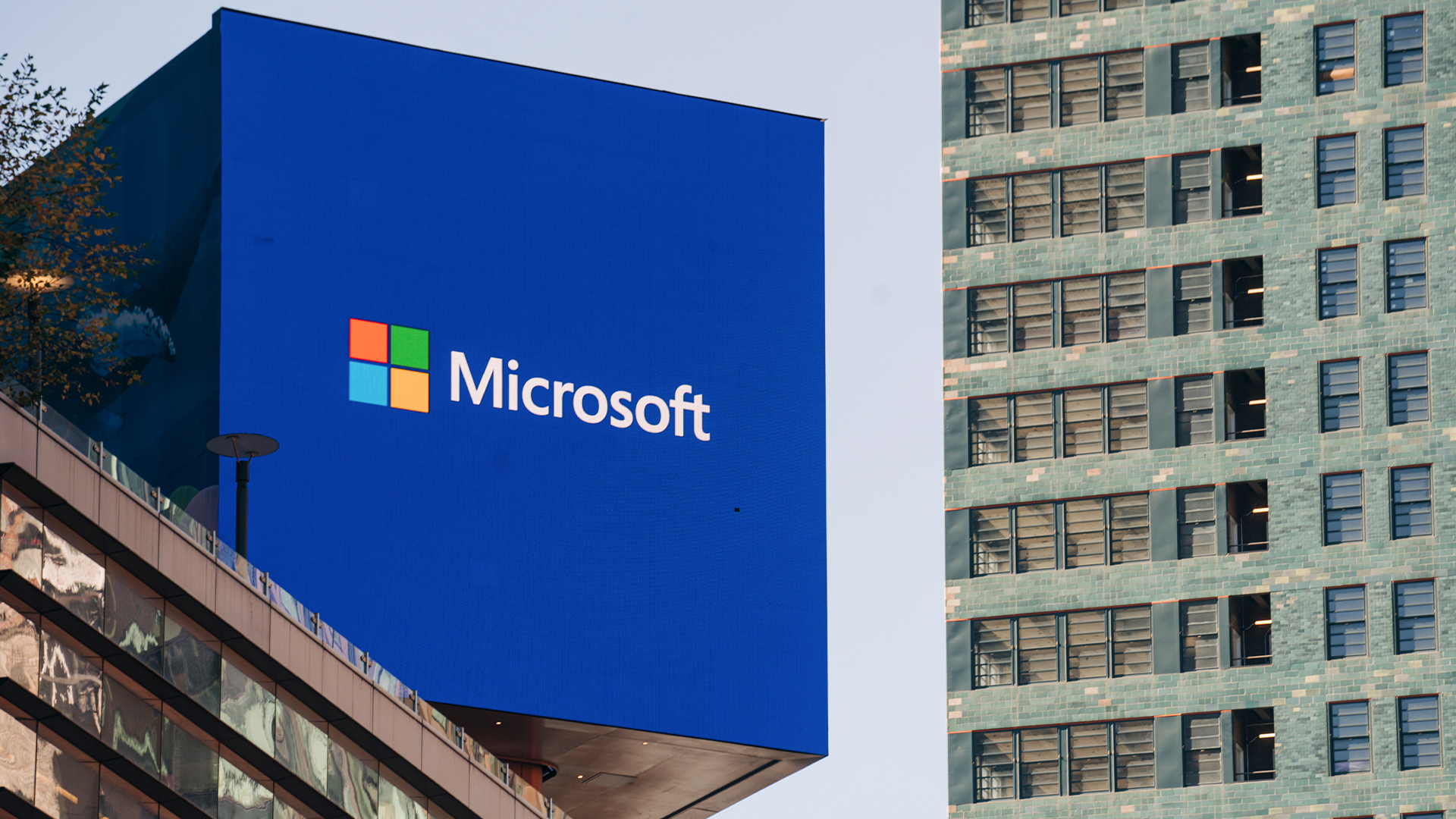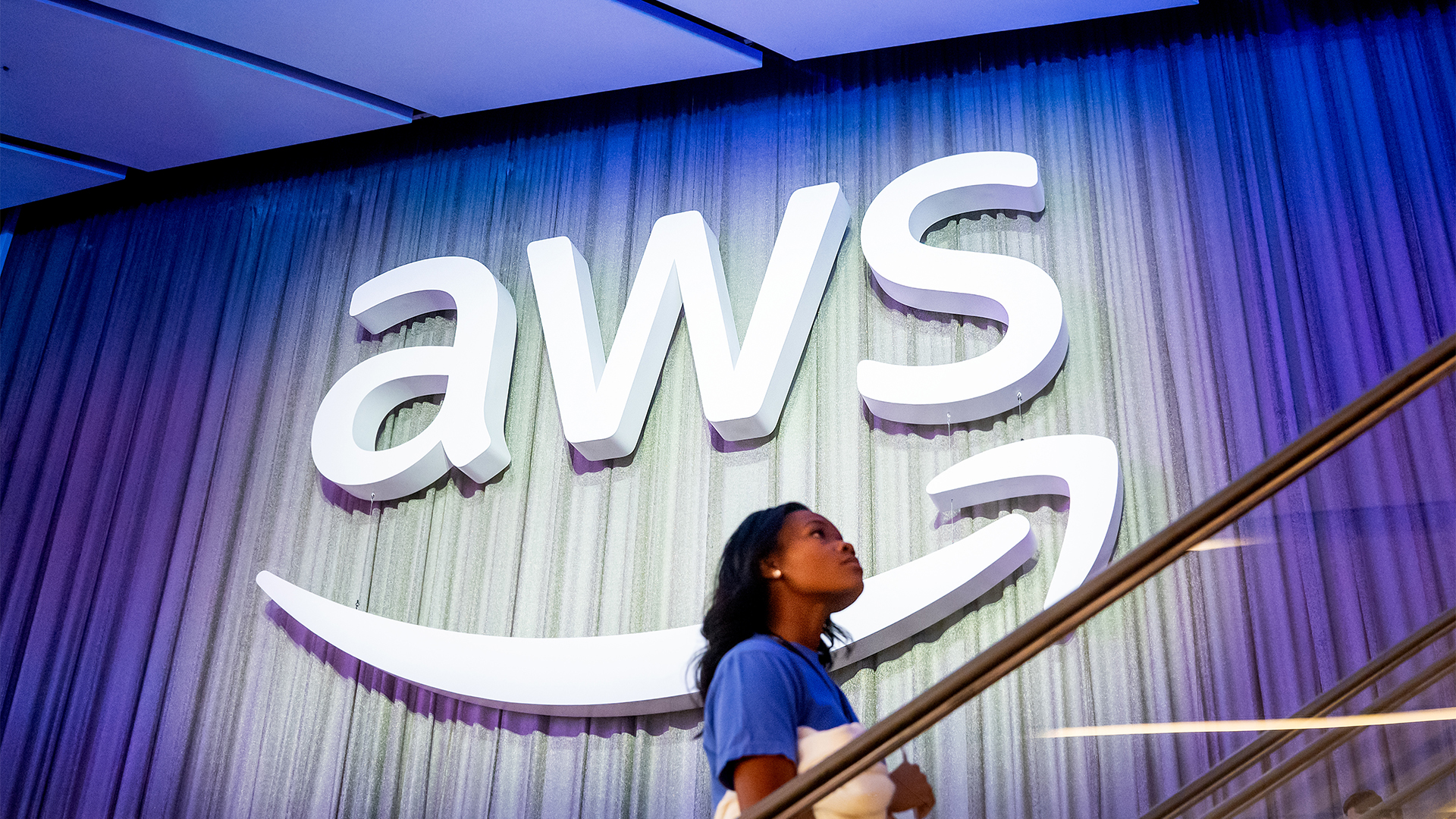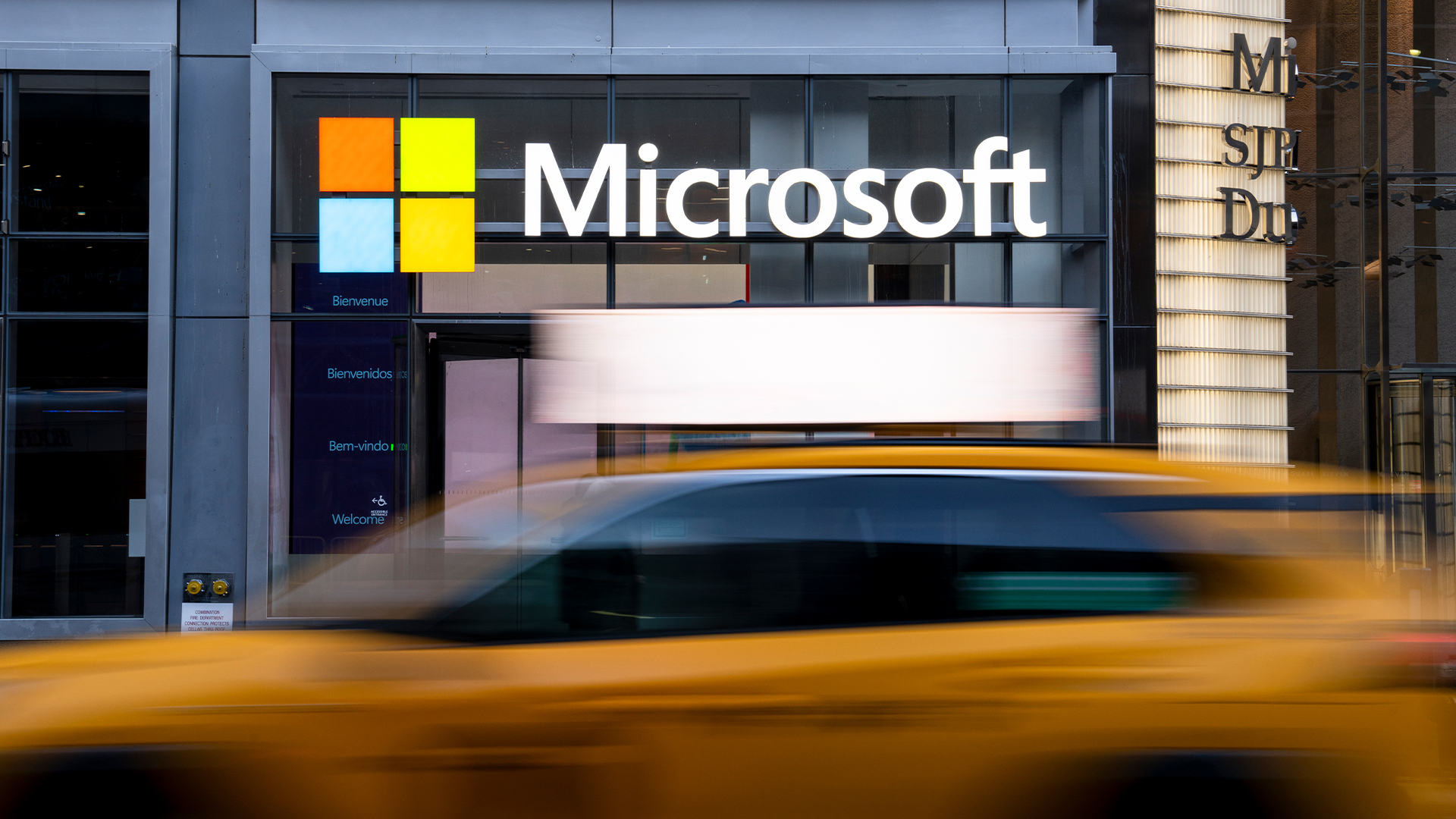Dublin, Beijing, and Northern Virginia all have one thing in common – sprawling hyperscale data center infrastructure
The global hyperscale data center market is highly centralized, with the US and China leading the pack – but expansion in other regions is growing


Dublin is now the world's third-biggest location for hyperscale data centers, according to new research, ranked only behind Northern Virginia and the Greater Beijing area.
Data from Synergy Research Group shows a highly-centralized market, with just 20 state or metro markets accounting for 62% of the world’s current hyperscale data center capacity.
Northern Virginia and the Greater Beijing area make up 22% of the total, followed by Dublin at 5%, the US states of Oregon and Iowa, and then Shanghai. Of the top 20 markets, 13 are in the US, four in the APAC region, and three in Europe.
The dominance of the US, Synergy noted, is mainly down to two key factors – almost 60% of the world’s hyperscale operators are headquartered in the country, including the four biggest, while the US accounts for almost half of all cloud market revenues.
"A range of factors influence the choice of location for hyperscale infrastructure, including proximity to customers, availability and cost of real estate, availability and cost of power, networking infrastructure, ease of doing business, local financial incentives, political stability, and minimizing the impact of natural hazards," said John Dinsdale, a chief analyst at Synergy Research Group.
“When you weigh up those factors it tends to mitigate against some of the world’s biggest economic hubs, like London and New York, while favoring some sparsely populated US states like Oregon, Iowa and Nebraska."
The companies with the broadest data center footprint are the leading cloud providers – Amazon, Microsoft, and Google - all of which have a number of data centers overseas, as well as in their home markets. Between them, the three now account for 60% of all hyperscale data center capacity.
Sign up today and you will receive a free copy of our Future Focus 2025 report - the leading guidance on AI, cybersecurity and other IT challenges as per 700+ senior executives
And it's tech firms like these that are largely behind Ireland's explosive increase in data center capacity over the last few years, with Google, CyrusOne, Digital Realty, Equinix, Amazon, and Microsoft all having data centers in the Dublin area.
This growth has sparked controversy, however, thanks to the enormous pressure placed on electricity grids by data center infrastructure. Figures from Ireland's Central Statistics Office (CSO) indicate that the proportion of metered electricity consumed by data centers rose from 5% of the national total in 2015 to 18% in 2022.
Meanwhile, demand for data centers is exceeding supply across Europe, with a recent analysis by CBRE showing that there was 601MW of take-up across the 14 largest markets in Europe last year - although just 561MW of new supply was delivered during the same period.
Looking ahead, Synergy predicts that the US and China will continue to dominate, although countries including Malaysia, India, and Spain are likely to start to feature much more prominently.
RELATED WHITEPAPER

Hyperscaler investment in Spain, for example, has ramped up significantly in recent months, with a host of major tech firms unveiling multi-billion dollar deals to expand infrastructure in the country.
In May, AWS announced plans to ramp up its cloud and AI infrastructure in Spain as part of a €15.7 billion investment program.
This followed a similar announcement from Microsoft in February, with the tech giant confirming plans to commit €1.9 billion in funding for AI and cloud infrastructure over the next two years.
Emma Woollacott is a freelance journalist writing for publications including the BBC, Private Eye, Forbes, Raconteur and specialist technology titles.
-
 Otter.ai wants to bring agents to all third party systems – with transcription just the start
Otter.ai wants to bring agents to all third party systems – with transcription just the startNews The AI transcription company is targeting intelligent scheduling and interoperability with project management systems, based on securely-stored transcription data
-
 OpenAI signs another chip deal, this time with AMD
OpenAI signs another chip deal, this time with AMDnews AMD deal is worth billions, and follows a similar partnership with Nvidia last month
-
 Google just confirmed the location of its first small modular reactor
Google just confirmed the location of its first small modular reactorNews Developed by Kairos, Google's first small modular reactor will be located in Tennessee, with operations beginning in 2030.
-
 Microsoft's plan to use human waste to offset AI emissions stinks of greenwashing
Microsoft's plan to use human waste to offset AI emissions stinks of greenwashingOpinion Hyperscalers are getting increasingly gimmicky when it comes to sustainability
-
 Microsoft invests $400 million to expand Swiss data centers
Microsoft invests $400 million to expand Swiss data centersNews Growing AI and cloud demand, plus data sovereignty requirements, are fueling European data center investment
-
 Microsoft says this data center cooling technique can cut emissions by one-fifth – but switching to renewables will prove far more impactful
Microsoft says this data center cooling technique can cut emissions by one-fifth – but switching to renewables will prove far more impactfulNews In a cradle-to-grave environmental assessment, Microsoft has examined manufacturing, transportation, deployment, and end-of-life disposal
-
 First Microsoft, now AWS: Why tech giants are hitting the brakes on costly data center plans
First Microsoft, now AWS: Why tech giants are hitting the brakes on costly data center plansNews Amazon Web Services (AWS) has paused plans for some data center leases, according to analysts, sparking further concerns about the cost of AI infrastructure spending plans.
-
 OpenAI inks $12bn CoreWeave deal in latest move away from Microsoft
OpenAI inks $12bn CoreWeave deal in latest move away from MicrosoftNews Cloud infrastructure company CoreWeave will supply OpenAI with infrastructure to run the firm's latest models in a deal worth nearly $12 billion.
-
 Analysts think Microsoft's data center rollback is bad news for the AI boom – but the company says not to worry
Analysts think Microsoft's data center rollback is bad news for the AI boom – but the company says not to worryNews Microsoft has reportedly ended leases for a significant amount of data center capacity, sparking debate over whether the AI boom is starting to falter.
-
 Microsoft invests $700 million to bolster cybersecurity and infrastructure in Poland
Microsoft invests $700 million to bolster cybersecurity and infrastructure in PolandNews Microsoft has announced plans to invest more than $700 million to support AI and cloud infrastructure expansion in Poland alongside cybersecurity support.
